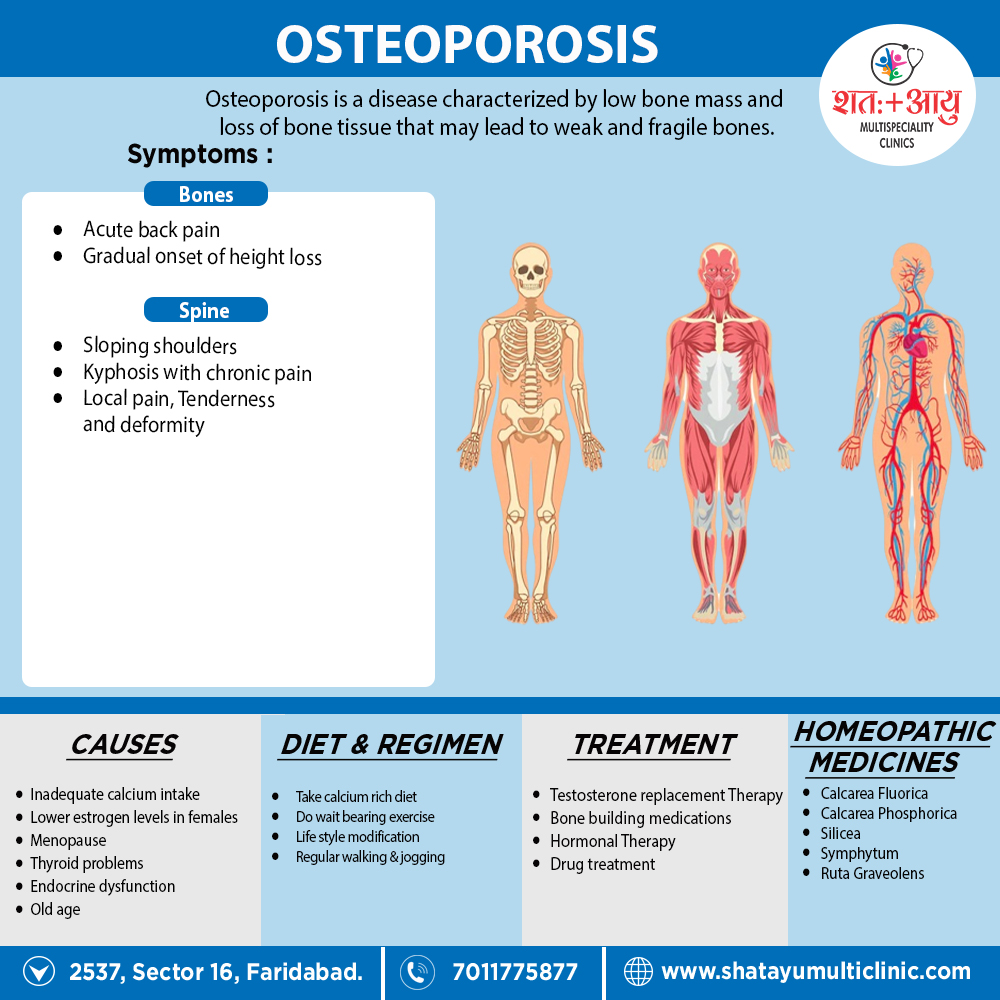A doctor will consider the patient’s family history and their risk factors.
Often blood tests are use to measure i.e.;
- Calcium,
- Phosphorus,
- Vitamin D,
- Testosterone,
- Thyroid also kidney function. [4]
Levels of sex hormones and gonadotrophins should measure in men with osteoporosis and women under the age of 50.
If they suspect osteoporosis, they will request a scan, to measure bone mineral density (BMD).
Bone density scanning uses a type of x-ray technology known as dual-energy X-ray absorptiometry (in other words, DEXA) and bone densitometry.
Combined with the patient’s risk factors, DEXA can indicate the likelihood of fractures occurring due to osteoporosis.
It can also help monitor response to treatment.
Two types of device can carry out a DEXA scan:
- A central device: A hospital-based scan measures hip and spine bone mineral density while the patient lies on a table.
- A peripheral device: A mobile machine that tests bone in the wrist, heel, or finger.
DEXA test results:
The results of the test are give as a DEXA either T-score or a Z-score.
The T-score compares the patient’s bone mass with peak bone mass of a younger person.
- -1.0 or above is normal
- from -1.0 to -2.5 suggests mild bone loss
- -2.5 or below indicates osteoporosis
The Z-score compares the patient’s bone mass with that of other people with similar build and age.
The test is normally repeated every 2 years, as this allows for comparison between results.
Other tests:
- A lateral vertebral assessment (LVA) may recommend for an older patient who is more than one inch shorter than they use to, or who has back pain that is not relate to another condition.
- An ultrasound scan of the heel bone is another way to assess for osteoporosis.
It is less common than DEXA, and the measurements cannot compare against DEXA T-scores. [3]

